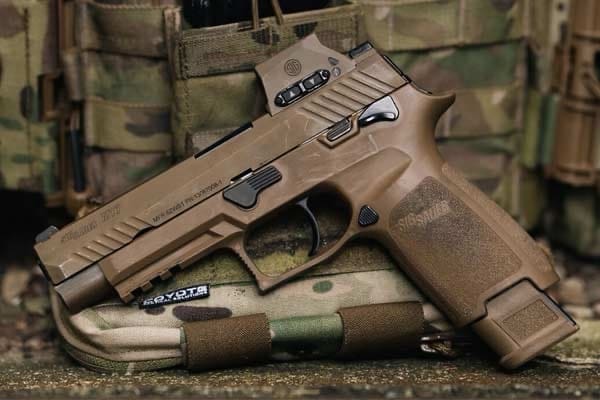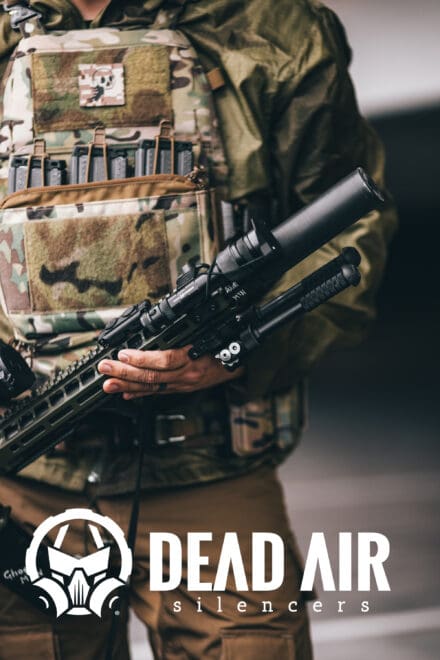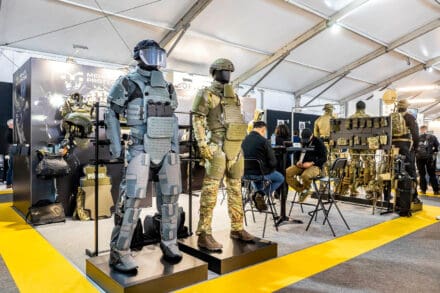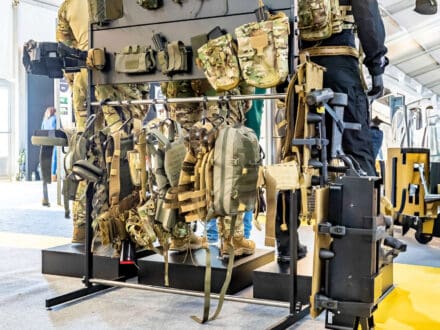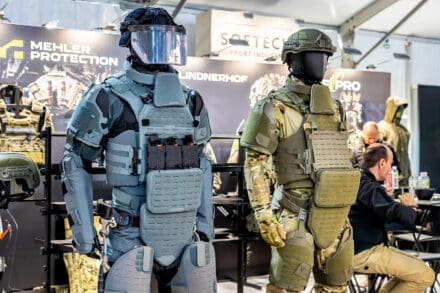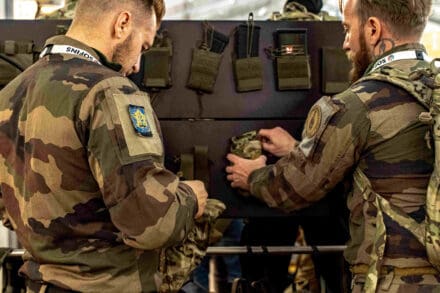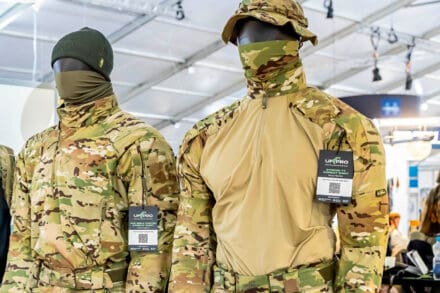
ROCK ISLAND ARSENAL, Ill. — In a significant leap forward for Soldier safety and operational effectiveness, the 120mm mortar system’s attenuating blast cone has undergone a transformative redesign.
“Our service members are the bedrock of our nation’s defense,” stated Col. Dave Guida, commander of Rock Island Arsenal-Joint Manufacturing and Technology Center. “They stand ready, modern and prepared to defeat any adversary. Equipping them with the best possible equipment is an imperative priority. This redesigned ABC is evidence of that commitment.”
The project, spearheaded by the Advanced Manufacturing Center of Excellence at RIA-JMTC, leverages the power of additive manufacturing to create a lighter, more efficient, cost effective and safer ABC. This innovation directly addresses concerns regarding head trauma and concussions associated with the legacy equipment, underscoring the Army’s unwavering commitment to equipping its soldiers with the most advanced technologies available.

“Collaboration was the cornerstone of this project,” explained Edward Flinn, director of the AM CoE. “We ensured it not only met, but exceeded expectations in terms of functionality, durability and ease of use in the field.”
The original eight-part ABC presented significant challenges for Soldiers in the field, contributing to fatigue and hindering maneuverability, especially in challenging terrain. Recognizing the need for improvement, the AM CoE embarked on a rigorous redesign process, initially streamlining the ABC to a two-part system and ultimately refining it to a four-part configuration based on extensive feedback. This iterative approach ensured the final design met the rigorous demands of real-world operations, balancing weight reduction with structural integrity and ease of maintenance.
“Additive manufacturing empowers us to push the boundaries of design,” Flinn elaborated. “We can create components that are simultaneously lighter, stronger and more adaptable to the ever-changing demands of the battlefield. This is a true game-changer for military equipment design and production and it’s happening right now at the RIA-JMTC AM CoE.”
The selection of titanium, renowned for its exceptional strength-to-weight ratio and corrosion resistance, further enhances the ABC’s performance. While the 3D-printed components are solid, the strategic use of titanium and the design freedoms afforded by additive manufacturing have resulted in an ABC that weighs less than half of its conventionally manufactured counterpart. This significant weight reduction, achieved without compromising structural integrity, enhances Soldier mobility and reduces fatigue, crucial factors in demanding operational environments. This highlights the power of AM to optimize performance not just through complex internal structures, but also through material selection and overall design efficiency.
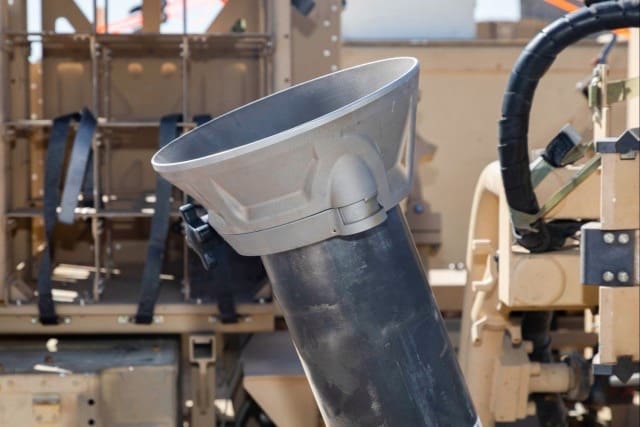
Beyond the immediate benefits of a lighter, more efficient design, the AM process offers significant cost and time savings across the entire product lifecycle. Eliminating the need for expensive tooling and lengthy lead times associated with traditional manufacturing, AM enables rapid prototyping and on-demand production. This agility is crucial in responding to rapidly evolving operational needs and maintaining a decisive advantage in an increasingly complex global landscape.
“The ability to rapidly prototype and iterate designs using AM is transformative,” Guida emphasized. “It allows us to respond quickly to emerging threats and deliver solutions to the Warfighter at an unprecedented pace. This speed and flexibility are essential in maintaining leverage against any adversary.”

While the initial production run of 700 ABCs utilized traditional manufacturing methods for comparative analysis and to ensure a smooth transition, the AM CoE is poised to take over full production during the sustainment phase. This data-driven approach allows the Army to thoroughly evaluate the long-term cost-effectiveness and efficiency of AM, paving the way for wider adoption of this groundbreaking technology.
“RIA-JMTC, Tank-automotive and Armaments Command and Army Materiel Command work tirelessly across the Department of Defense to synchronize logistics, build supply chain resilience and achieve combat readiness goals,” Guida said. “A modernized organic industrial base, coupled with data-driven predictive and precision logistics, ensures we can provide the right parts and materiel to Soldiers when and where they need them. When the need arises for new, upgraded or modernized equipment, the skilled artisans of the OIB stand ready to deliver.”
Sustainment leaders are increasingly relying on data analytics and advanced information systems to accurately predict battlefield requirements, effectively connecting the foxhole to the factory. This focus on strategic readiness is essential for maintaining a prepared and responsive force. Continuous transformation ensures the Army can deliver trained, cohesive and lethal forces capable of meeting future challenges in complex operational environments.
“The redesigned ABC is an equipment upgrade that embodies the Army’s commitment to Soldier safety, technological advancement and a future-ready force prepared for any contingency,” Flinn said. “This initiative reinforces the principle that strategic readiness begins at home and that investing in advanced manufacturing and data-driven logistics is essential for maintaining a decisive edge on the future battlefield.”
By Kendall Swank


